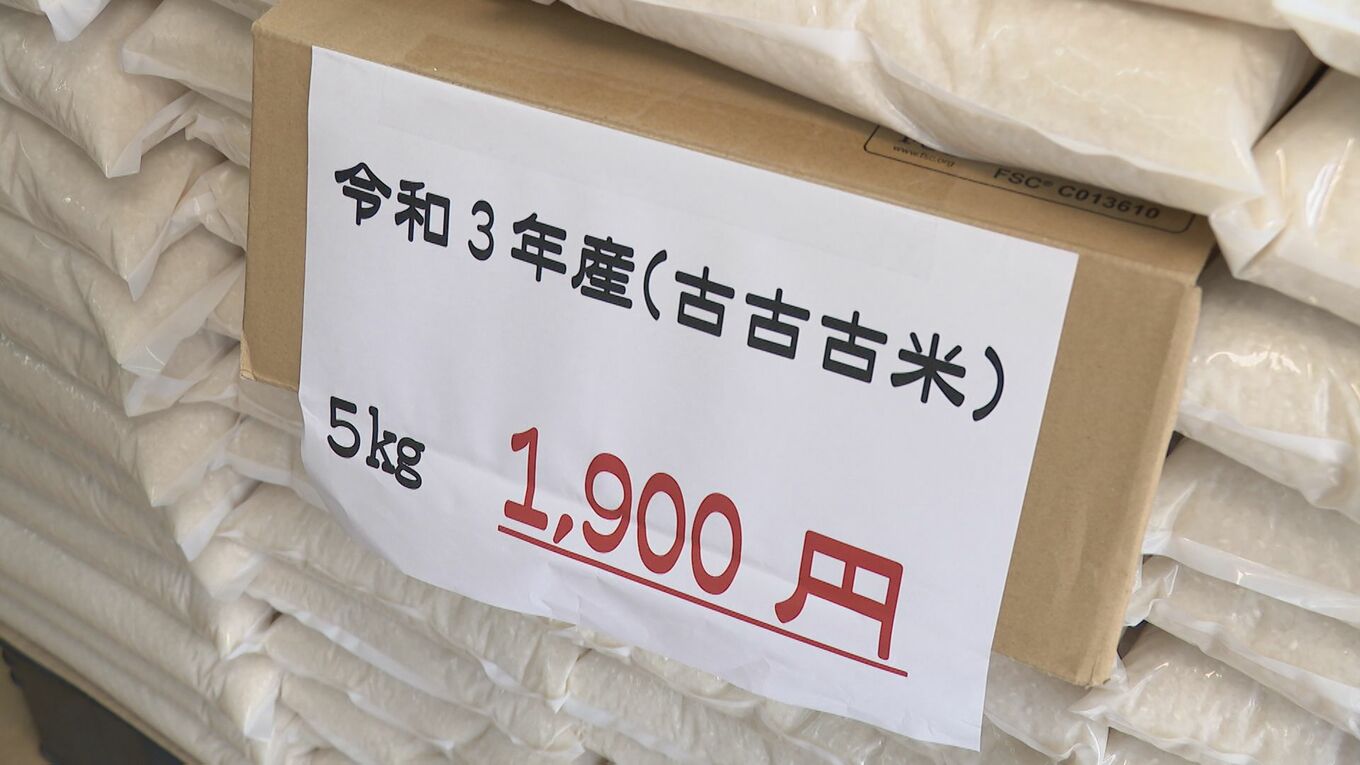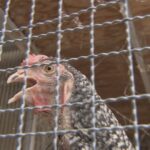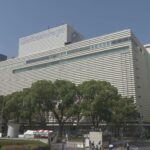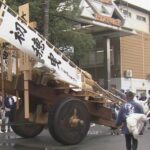On the 8th, we visited Watanabe Rice Store in Okazaki City, Aichi Prefecture. The store displays premium rice brands from across Japan.
Q: Will the new harvest rice arrive soon?
“Today.”
Q: How do you feel about the current situation?
“The prices are high… I’m worried.”
Early-harvest rice from Kyushu has started arriving at this store, but prices are over 30% higher than last year. While rice prices typically stabilize when new harvest rice enters the market…
Q: How much for 5kg?
“We haven’t been able to change our prices at all. Here it’s between 4,000 to 4,500 yen, under 5,000 yen. Even at supermarkets, brand rice is available but prices haven’t dropped much.”
Q: As a seller, what do you think about these prices?
“The Reiwa 6 harvest is too expensive. The wholesale prices were really high, so I think this year also saw people moving away from rice. If high prices continue for years, consumption will likely keep decreasing.”
As rice prices remain high, attention has turned to the government-released “stockpiled rice.” Today it was available for 1,900 yen per 5kg.
Q: How are sales?
“The price speaks for itself – it’s less than half of brand rice. It’s actually quite good quality despite being stockpiled. It might start drying out faster over time, but when freshly cooked, you can’t tell the difference. It’s in that good of condition.”
The store purchased 20 tons in total, but expects to sell out by next week.
Watanabe Rice Store
The Watanabe Rice Store is a historic shop in Japan, traditionally known for selling high-quality rice and other staple goods. Established during the Edo or Meiji period (exact date unclear), it reflects Japan’s long-standing rice culture and the importance of local family-run businesses. Today, it may also serve as a cultural landmark, preserving traditional architecture and practices.
Okazaki City
Okazaki City, located in Aichi Prefecture, Japan, is best known as the birthplace of Tokugawa Ieyasu, the founder of the Tokugawa Shogunate. The city is home to Okazaki Castle, a reconstructed 16th-century castle that played a key role in Japan’s feudal history. Today, it is a cultural hub with historical sites, festivals like the Okazaki Ieyasu Festival, and traditional crafts such as *hina ningyo* dolls.
Aichi Prefecture
Aichi Prefecture, located in central Japan, is a vibrant region known for its industrial prowess, rich history, and cultural heritage. It is home to Nagoya, its largest city, and historic sites such as Nagoya Castle, built in 1612 by the Tokugawa shogunate. The prefecture also boasts traditional arts like Seto pottery and hosts the renowned Atsuta Shrine, one of Japan’s most important Shinto shrines.
Kyushu
Kyushu is Japan’s third-largest island, located in the southwestern part of the country. Known for its active volcanoes, hot springs, and rich history, it was an early center of Japanese civilization and a key gateway for cultural exchange with Korea and China. The island is also home to historic sites like Nagasaki, which played a significant role in trade and was tragically affected by the atomic bombing in 1945.
Reiwa Rice Crisis
The “Reiwa Rice Crisis” refers to a period during Japan’s Reiwa era (beginning in 2019) when domestic rice production faced challenges due to extreme weather events, labor shortages, and shifting consumption patterns. This led to temporary supply shortages and price fluctuations, highlighting vulnerabilities in Japan’s traditionally self-sufficient rice industry. The crisis spurred discussions about agricultural reforms and resilience in the face of climate change.
Reiwa 6 harvest
“Reiwa 6 Harvest” likely refers to agricultural produce or events from the sixth year of Japan’s Reiwa era (2024). The Reiwa period, beginning in 2019 under Emperor Naruhito, emphasizes cultural continuity and modernity. Harvest festivals in Japan, such as *Niiname-sai* (an imperial rice ceremony), often reflect ancient Shinto traditions tied to gratitude for bountiful yields.
stockpiled rice
“Stockpiled rice” refers to rice reserves accumulated by governments or organizations to ensure food security during shortages or emergencies. Historically, many Asian countries, such as Japan and China, have maintained rice stockpiles for centuries due to rice’s cultural and dietary importance. Modern stockpiling practices often involve strategic reserves to stabilize prices and supply in times of crisis, such as natural disasters or economic instability.






